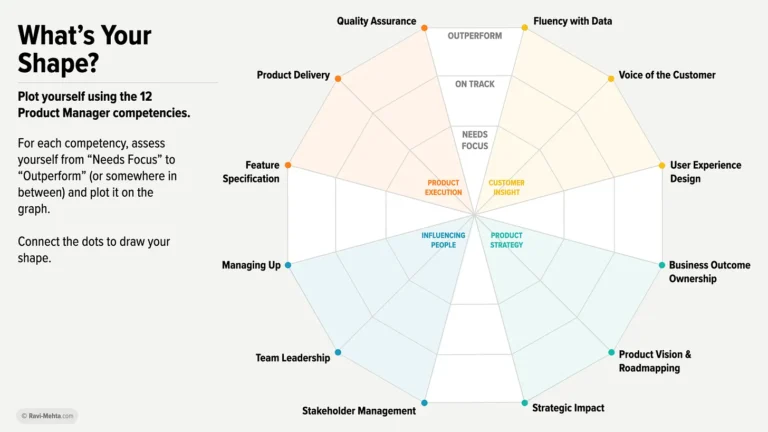Marketing Director
18 Apr, 2023
Bullying at work is a serious issue that affects many employees in the UK. According to a study conducted by the Trade Union Congress (TUC) in 2015, nearly one-third of workers in the UK have experienced bullying at work. Workplace bullying can have serious consequences for the victim, including physical and mental health problems, loss of productivity, and a decrease in job satisfaction.
In this blog post, we will discuss how to deal with bullying at work, including the different types of bullying, resources and organisations in the UK that can help, legal actions, and steps to take within your organisation if you feel bullied.
For more advice like this, visit our candidate advice blog.
What is Workplace Bullying?
Bullying at work is defined as repeated and persistent behaviour that is intended to cause harm, intimidation, or humiliation to a person in the workplace. This behaviour can be physical, verbal, or psychological, and it can take many forms. Workplace bullying can occur between colleagues, between a manager and an employee, or between a group of employees and an individual. Workplace bullying can take many forms, including:
Verbal Bullying
This includes yelling, screaming, name-calling, or making derogatory comments about a person’s race, gender, or sexual orientation.
Physical Bullying
This includes physical contact, such as pushing, shoving, or hitting.
Cyberbullying
This includes using technology to harass or intimidate someone, such as sending threatening emails, texts, or social media messages.
Sexual Harassment
This includes unwanted sexual advances, requests for sexual favours, or other verbal or physical conduct of a sexual nature.
Discrimination
This includes treating someone unfairly because of their race, gender, age, or other personal characteristics.
Gaslighting
This includes making someone doubt their own perceptions, memories, or sanity.
Micromanagement
This includes excessively controlling or monitoring someone’s work, such as constantly checking in, setting unrealistic deadlines, or taking over tasks without permission.
Exclusion
This includes intentionally leaving someone out of work-related events or activities, such as team meetings or social gatherings.
Bullying at work: organisations that can help
If bullying at work is a problem for you or someone you know, there are many resources and organizations in the UK that can help. These include:
ACAS (Advisory, Conciliation, and Arbitration Service)
ACAS provides free and impartial advice to employees and employers on workplace issues, including bullying and harassment.
Citizens Advice
Citizens Advice provides free, confidential advice on a wide range of issues, including workplace bullying.
Trade Unions
Trade unions can provide support and advice to employees who are being bullied at work.
Samaritans
Samaritans provides emotional support to people who are struggling with their mental health, including those who are being bullied at work.
Mind
Mind provides information and support to people who are experiencing mental health problems, including those who are being bullied at work.
Legal action: bullying at work
In some cases, legal action may be necessary to address workplace bullying. Legal action can include:
- Employment Tribunal – An employment tribunal can hear claims of workplace bullying, including claims of discrimination, harassment, and victimisation.
- Civil Court – Civil courts can hear claims of personal injury or breach of contract arising from workplace bullying.
- Criminal Court – In some cases, workplace bullying may constitute a criminal offence, such as assault or harassment.
Steps to take if you feel bullied at work
There are several steps to take if you are experiencing bullying at work. These include:
Talk to your manager
If the bullying is coming from your manager, you may want to speak to a more senior manager or HR representative.
Keep a record
Keep a detailed record of the bullying, including the date, time, location, and what was said or done. This can help support your case if you need to take further action.
Speak to a colleague
If you feel comfortable, you may want to speak to a trusted colleague about the bullying. They may be able to provide support and advice.
Raise a grievance
If informal discussions with your manager or HR representative do not resolve the issue, you may need to raise a formal grievance. This involves making a written complaint to your employer and following their grievance procedure.
Seek support
Consider seeking support from a therapist or counselor to help you deal with the emotional impact of the bullying.
What does a grievance procedure looks like?
A grievance procedure is a process that businesses use to address employee complaints or concerns. The procedure typically involves a series of steps that an employee can follow to formally raise a grievance, and have it investigated and resolved. Here are the typical steps involved in a grievance procedure:
Informal discussion
Before raising a formal grievance, the employee should try to resolve the issue informally by discussing it with their immediate supervisor or manager. The aim of this discussion is to find a mutually acceptable solution to the problem.
Formal grievance
If the issue cannot be resolved informally, the employee can file a formal grievance. The grievance should be submitted in writing and should include details of the problem, the desired outcome, and any evidence or witnesses that support the employee’s case.
Investigation
Once the formal grievance has been submitted, the organization will appoint an investigator to look into the matter. The investigator will typically meet with the employee and any witnesses, review relevant documents, and gather any other information that is necessary to make a decision.
Hearing
After the investigation is complete, the organization will hold a hearing to consider the evidence and make a decision. The hearing should be conducted in a fair and impartial manner, and both the employee and the organization should have the opportunity to present their case.
Decision
After the hearing, the organization will make a decision on the grievance. The decision should be communicated in writing to the employee and should include the reasons for the decision and any next steps that need to be taken.
Appeal
If the employee is not satisfied with the decision, they may have the right to appeal. The appeal should be made in writing and should include the reasons for the appeal. The appeal will typically be heard by a more senior manager or an independent arbitrator.
Final decision
After the appeal hearing, a final decision will be made. This decision will be communicated in writing to the employee and will be final and binding.
Overall, the aim of a grievance procedure is to provide a fair and impartial way for employees to raise and resolve issues or complaints. By following a structured process, both the employee and the organisation can have confidence that the matter has been fully investigated and resolved.
Your rights as an employee
As an employee, you have certain rights that protect you from workplace bullying. These include:
- The right to a safe working environment: employers have a duty of care to provide a safe working environment for their employees.
- The right to be treated with dignity and respect: employers must treat their employees with dignity and respect and not subject them to bullying, harassment, or discrimination.
- The right to raise concerns: employees have the right to raise concerns about workplace bullying without fear of retaliation.
- The right to a fair grievance process: employers must have a fair grievance procedure in place to address complaints of workplace bullying.
Statistics on bullying at work in the UK
Workplace bullying is a significant issue in the UK. According to the TUC, nearly one-third of workers in the UK have experienced bullying at work, and more than one in three workers have witnessed bullying at work.
Other statistics on workplace bullying in the UK include:
- The cost of workplace bullying to UK businesses is estimated to be around £18 billion per year.
- Women are more likely to experience workplace bullying than men, with 37% of women reporting that they have been bullied at work compared to 34% of men.
- The most common form of workplace bullying is verbal bullying, with 72% of workers reporting that they have experienced this type of bullying.
Bullying at work: conclusion
Workplace bullying is a serious issue that can have significant consequences for the victim. It is essential to take steps to address workplace bullying, including seeking support from organisations and resources in the UK, taking legal action if necessary, and taking steps to raise your concerns within your business if you feel bullied. As an employee, you have certain rights that protect you from workplace bullying, and it is crucial to understand these rights and how to assert them if necessary. By taking action to address workplace bullying, you can help create a safe and healthy working environment for yourself and others




